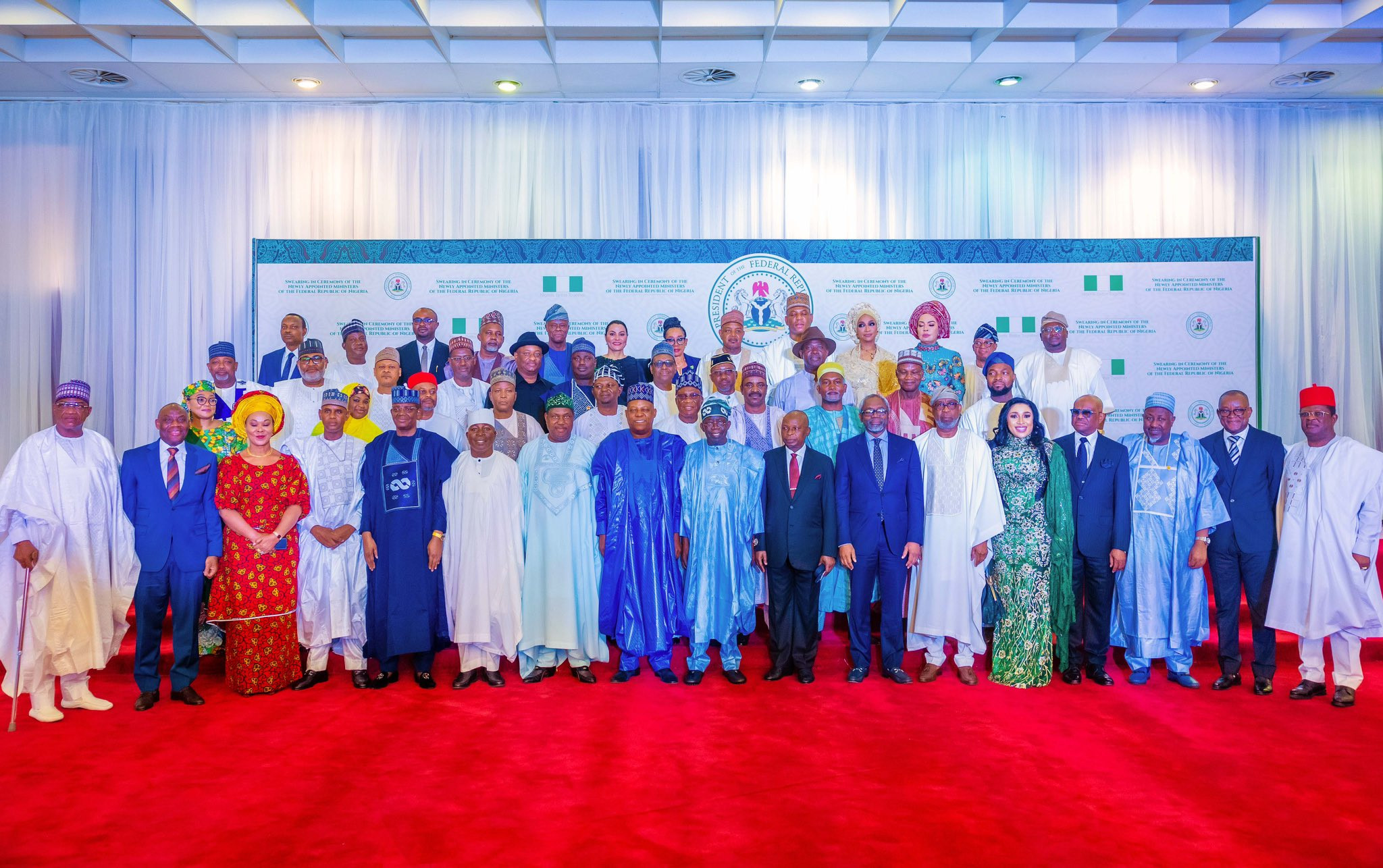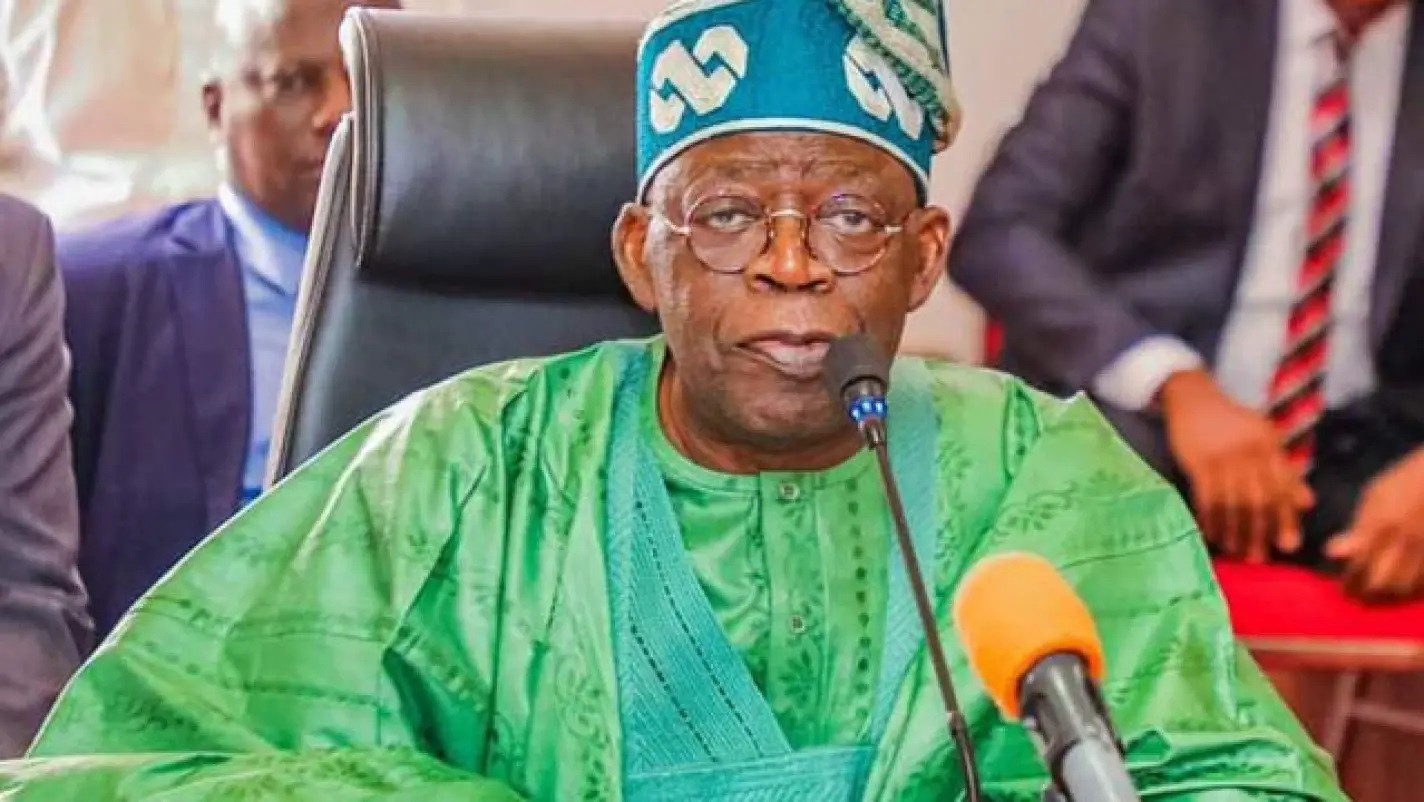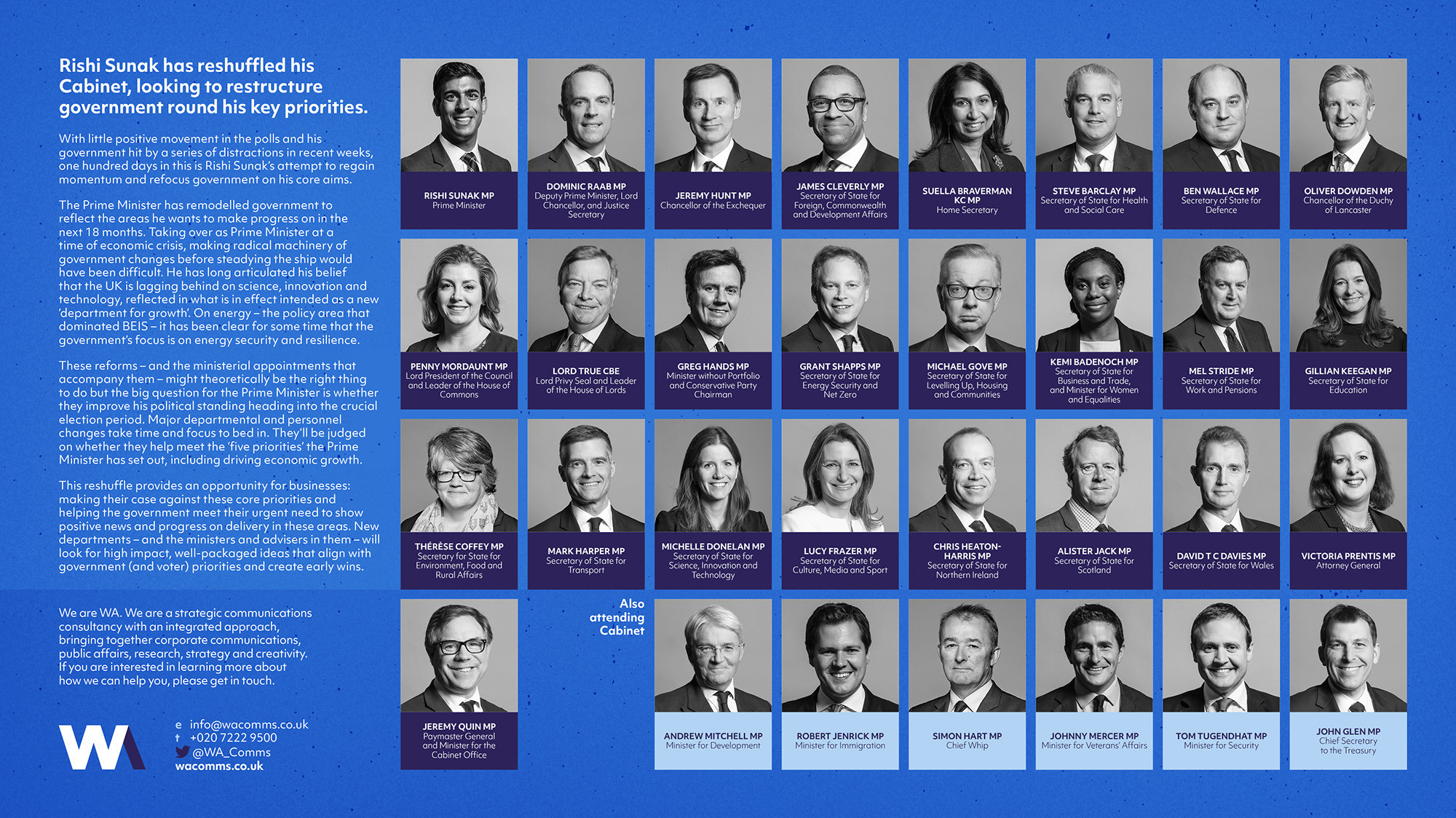Tinubu's Cabinet Shake-up: A Look at the Potential Changes and Their Implications
President Bola Tinubu of Nigeria has confirmed that he will be reshuffling his cabinet, a move that has sparked widespread speculation and anxiety within the Nigerian political landscape. While the specific date for the reshuffle remains unknown, the President’s Special Adviser on Information and Strategy, Bayo Onanuga, has stated that it will be based on “empirical evidence” and informed by public opinion.
The impending cabinet reshuffle has sent shockwaves through the corridors of power, with ministers grappling with uncertainty over their future. Sources close to the Presidency suggest that the President's decision is driven by a desire to ensure that his cabinet is composed of individuals who are aligned with his vision for the country and who are delivering tangible results.
Performance Evaluation: The Key Driver of Cabinet Reshuffle
One of the primary factors behind the reshuffle is likely to be the performance of individual ministers. The Central Delivery and Coordination Unit (CDCU), responsible for monitoring and reviewing the performance of cabinet members, has reportedly conducted a thorough assessment of ministers' performance since they took office in August 2023. The CDCU's evaluation focuses on tangible outcomes that impact the lives of citizens, considering time-specific and action-specific performance metrics.
This assessment, conducted by the CDCU, is seen as the driving force behind the reshuffle, with the President aiming to replace underperforming ministers with those who can effectively implement his “Renewed Hope” agenda. This agenda focuses on key areas such as economic transformation, security, and social development.
Potential Changes and Their Impact
While the exact composition of the new cabinet is yet to be revealed, various sources suggest that the President's decision will be influenced by the CDCU's assessment, with some ministers expected to retain their positions, while others may face the axe or be reassigned to different ministries.
The potential changes have sparked heated discussions and analysis, with whispers and speculation swirling around who will be retained, who will be moved, and who will be shown the door. This uncertainty adds a layer of complexity to the political landscape, with various political factions and stakeholders keenly observing the situation.
A Common Practice: Reshuffling Cabinets Around the World
Cabinet reshuffles are a common occurrence in various political systems around the world. It’s a process that can be triggered by various factors, including changes in political dynamics, performance evaluations, or simply a desire to inject new energy and perspective into government. Examples of recent cabinet reshuffles include Kenya, where President William Ruto replaced his entire cabinet, citing a need for inclusivity and citizen empowerment. These reshuffles are not always smooth sailing, with potential for political maneuvering, backroom deals, and power struggles.
Analyzing the Nigerian Context
In Nigeria, cabinet reshuffles have become a cyclical pattern, often occurring after significant periods of time or when the incumbent government faces public pressure. Past presidents, such as Muhammadu Buhari and Goodluck Jonathan, have employed cabinet reshuffles as a means to re-align their administrations, address public concerns, or address internal political dynamics within their parties.
A Shift in Focus: From Personnel to Performance
The current cabinet reshuffle in Nigeria appears to be taking a different approach, shifting the focus from purely political considerations to a more performance-driven evaluation. By prioritizing tangible results and citizen impact, President Tinubu aims to demonstrate his commitment to delivering on his campaign promises and addressing the pressing issues facing Nigeria.
Looking Ahead: The Potential Consequences
The cabinet reshuffle will have both immediate and long-term implications for the Nigerian political landscape. While the President aims to inject new vigor and effectiveness into his administration, the reshuffle could also trigger political instability and resentment among those who are axed or reassigned. The President will need to navigate these challenges carefully to ensure that the reshuffle leads to a more effective and accountable government.
The public’s perception of the cabinet reshuffle will be crucial. If the President can demonstrate that the changes are driven by a genuine commitment to performance and citizen welfare, he may be able to garner public support and bolster his administration's credibility. However, if the reshuffle is perceived as politically motivated or lacking transparency, it could erode public trust and exacerbate political polarization.
The Cabinet Reshuffle: A Pivotal Moment
The upcoming cabinet reshuffle represents a pivotal moment for President Bola Tinubu and his administration. It offers an opportunity to realign his government with his vision, inject new energy, and demonstrate his commitment to accountability and results. However, the process will require careful navigation to avoid potential pitfalls and ensure that the changes ultimately lead to a more effective and responsive government for the Nigerian people.
Only time will tell how President Tinubu will handle this complex and potentially disruptive process. But one thing is clear: the cabinet reshuffle will have a significant impact on the future of Nigeria and its people.



















